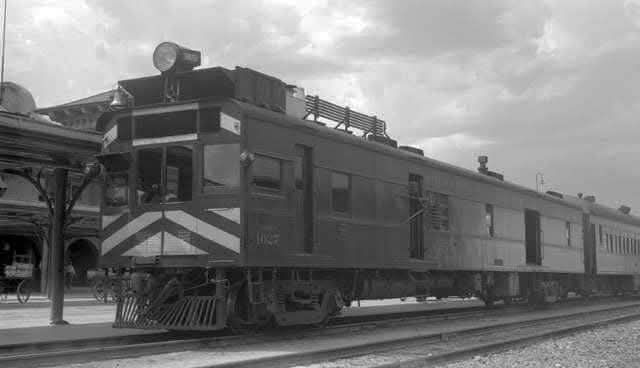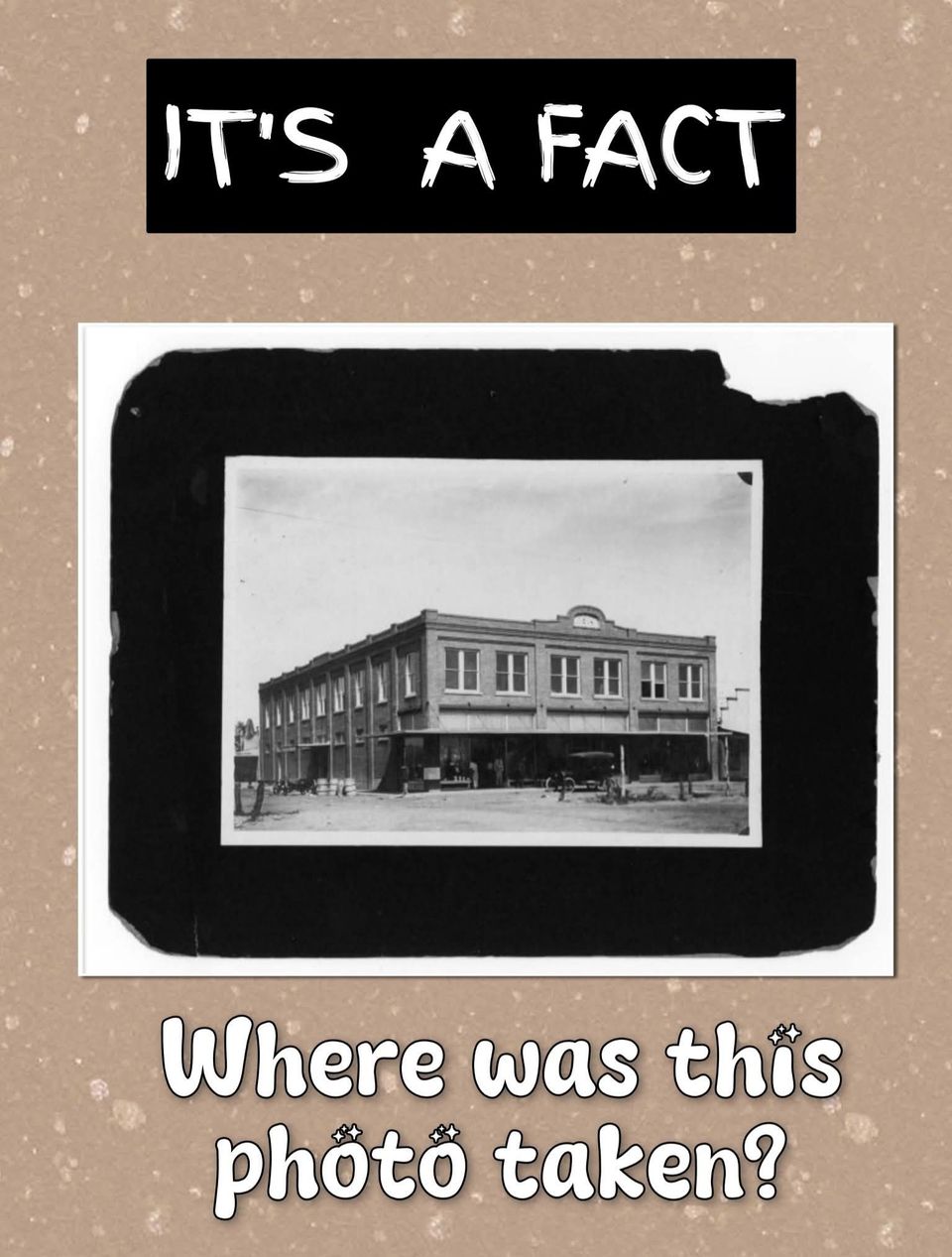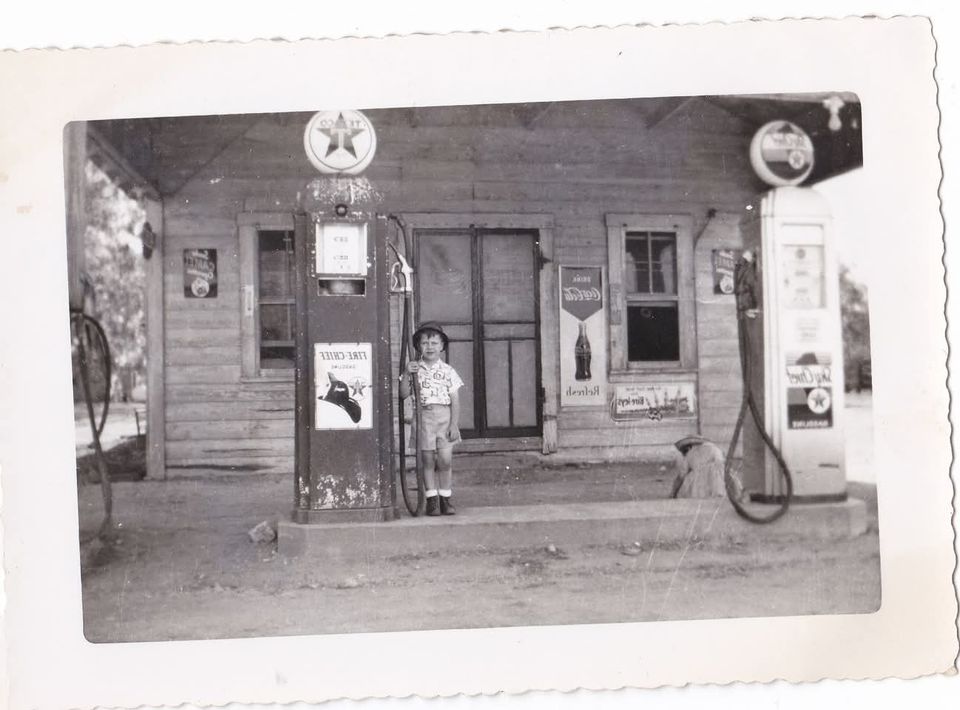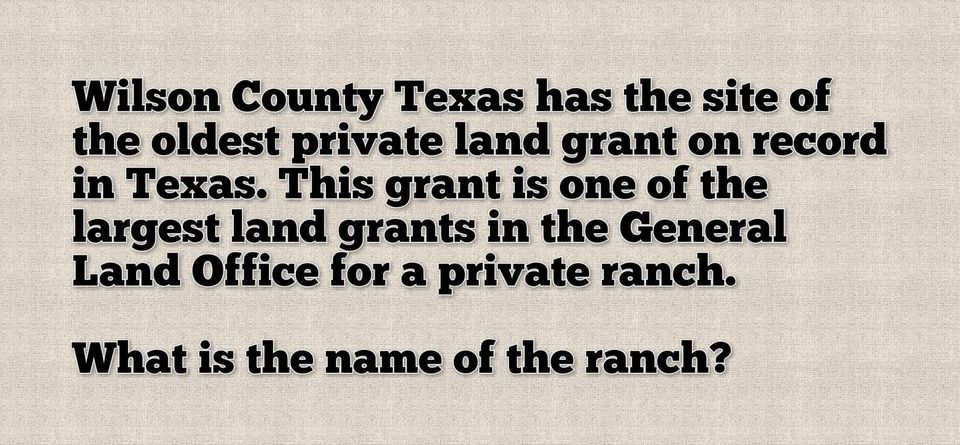by Barbara J. Wood

IT'S A FACT
James D. Pavliska was correct with his answer of LABATT. A rural community, Labatt, located 6 miles northwest of Floresville between Lodi and Calaveras, had the majority of founding families as farmers and ranchers of Czech, German, and Mexican descent.

















































